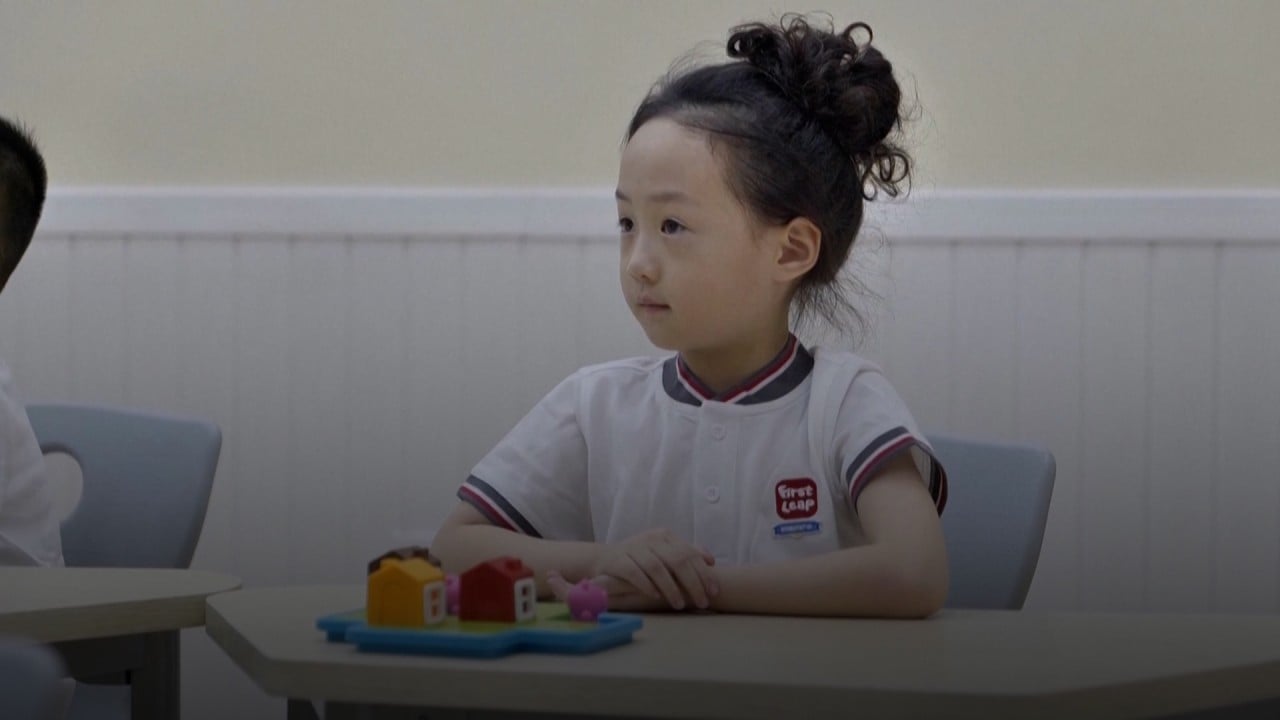
‘Quiet quitting’ and ‘lying flat’: why the US and China cannot ignore these trends
- Both buzzwords express a desire, by young Americans and Chinese, to live a more balanced life, against a backdrop of mounting debt or extreme stress
- Washington and Beijing must act because US-China competition is not limited to international trade or geopolitical influence, but also the ability to give young people hope
Both terms express a desire, whether by young people in the US or China, to live a healthier and more balanced life. If we look at the social conditions they grew up in, however, we will realise that these two terms are outcomes of different cultural traditions intertwined with government policies.
The US champions individual rights, freedom and independence. And yet in 2022, young people find themselves facing mounting difficulties: debt, high inflation and lack of social mobility.
With many Americans being priced out of the housing market, social mobility is declining. According to a Pew survey last year, 68 per cent of Americans think the young generation will be worse off than their parents. All things considered, when being hardworking is not enough to get ahead, quiet quitting seems to be a logical coping strategy.

However, subsequent data suggests that many did not leave the workforce altogether. They merely wanted better salaries, more fulfilling roles or greater flexibility. The Great Resignation was really the Great Reshuffle.
However, this is not a cheerful trend. Quiet quitting could mean the Great Reshuffle has failed for many people, and it could be a disguise for their Great Frustration.

Unlike young people in the US, those in China do not start their adult lives in debt because, traditionally, it is parents who are under intense pressure to provide children with the best education possible.
China’s harsh zero-Covid measures risk eroding trust in the rule of law
In China, the pandemic has not made things easy either. Under the zero-Covid policy, people have been subjected to periodic lockdowns and constant testing.
Thus, it is possible to understand lying flat as primarily a reaction to excessive capitalism. The term expresses a need to unwind, to take a break not just from relentless work, but also perhaps a long stretch of relentless schooling and the zero-Covid policy.
Although “quiet quitting” and “lying flat” are similar in meaning, their causes are different and require the two governments to tackle fundamental issues differently.
The two governments’ measures have caused controversy, and it remains to be seen if they will be effective. However, governments must act because the competition between China and the US is not limited to international trade or geopolitical influence, but also lies in their ability to create a better future for their young.
April Zhang is the founder of MSL Master and the author of the Mandarin Express textbook series and the Chinese Reading and Writing textbook series


